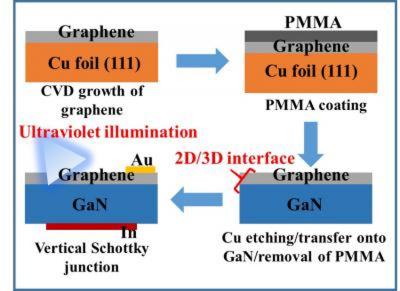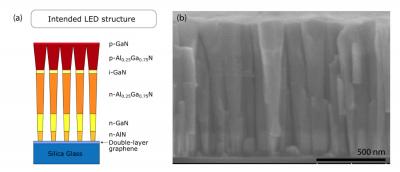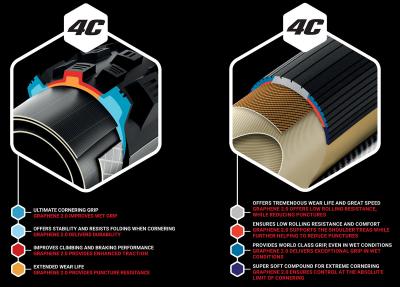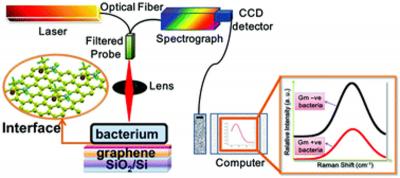San Diego team creates LIG graphene composites for printed, stretchable wearables
Researchers at Joseph Wang's Laboratory for Nanobioelectronics at UC San Diego demonstrated the synthesis of high-performance stretchable graphene ink using a facile, scalable, and low-cost laser induction method for the synthesis of the graphene component.
 The processing steps for screen-printed flexible supercapacitor fabricated from laser-induced graphene ink
The processing steps for screen-printed flexible supercapacitor fabricated from laser-induced graphene ink
As a proof-of-concept, the researchers fabricated a stretchable micro-supercapacitor (S-MSC) demonstrating high capacitance. This is said to be the first example of using laser-induced graphene in the form of a powder preparation of graphene-based inks and subsequently for use in screen-printing of S-MSC.






